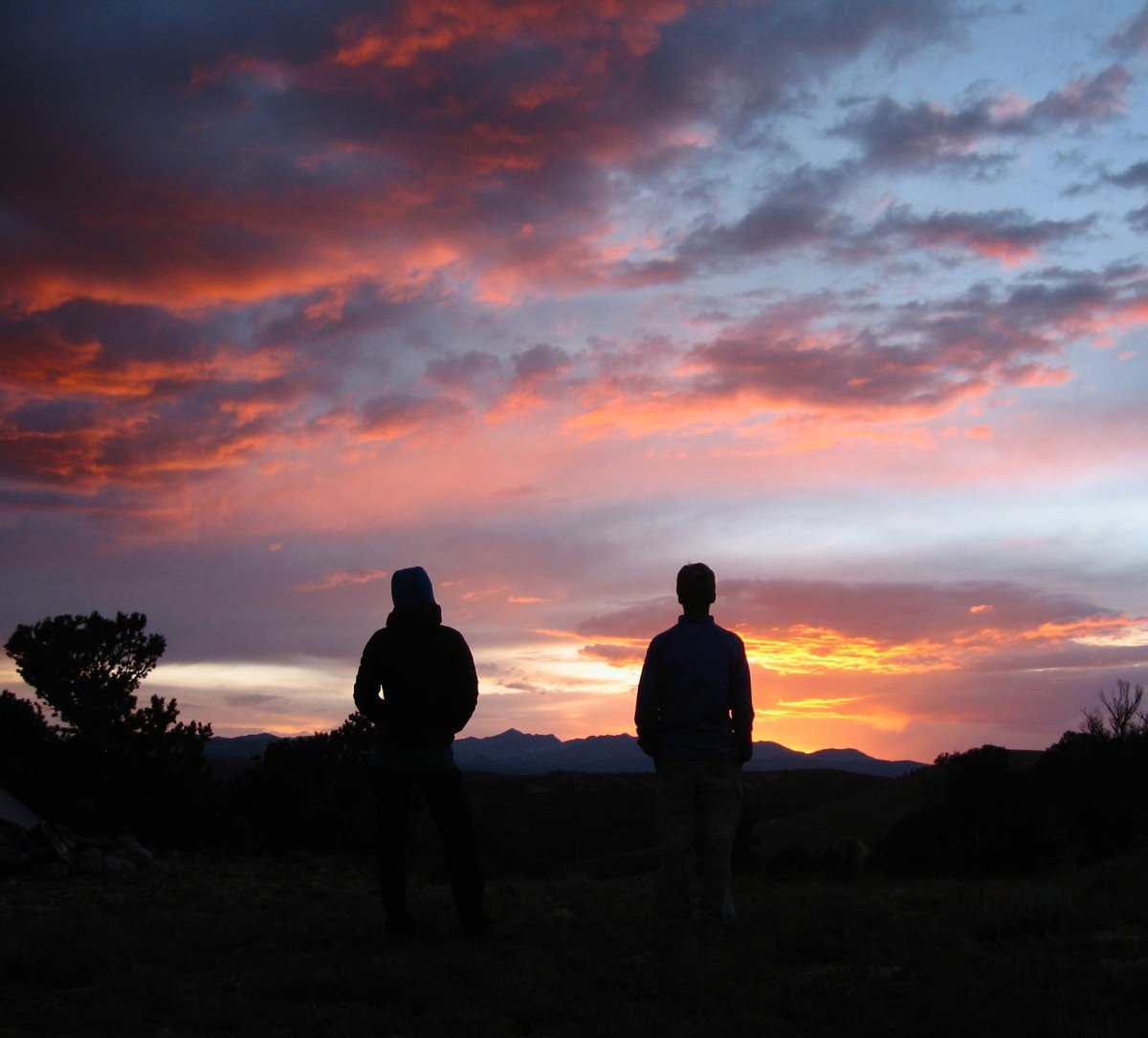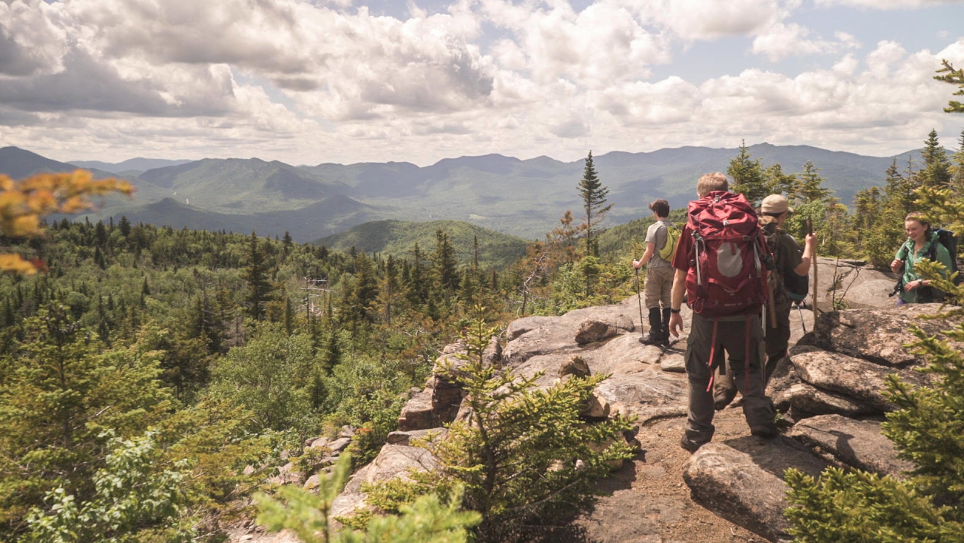
It’s a familiar scene: piles of food and gear, a trusted backpack unzipped, ready to be (carefully) stuffed full. You’re getting ready for your next backpacking adventure in the mountains.
As you run through your mental checklist, your friend casually asks, “So, you’re going to see those glaciers while they’re still there?” You pause, thinking for a moment. They’re only half kidding.
While the impacts of climate change are more obvious in places like Alaska or the Rockies, if you know what to look for, you might encounter evidence of these changes in surprising places. Whether you’re a seasoned backpacker or just setting out for your first backcountry trip, it’s possible you’ll experience some of the effects of a changing climate.
It’s easy to get sucked into the “go see it while you still can” mindset, but that’s only part of the story. It’s not just what you’ll see that’s changing, but also what you’ll pack, when you’ll go, and which routes you’ll take. A good first step is learning about the kinds of changes that are already occurring in the places you’re planning to visit—and how they might impact your trip.
Melting glaciers, for instance, are one of the more dramatic examples of rapid climate-related changes. If you’re exploring a place for the first time, you obviously won’t have past observations to compare with current conditions, but friends who’ve spent more time there might have some insight. Particularly in high altitude regions with snow or glaciers, they’ve probably noticed changes over the years.
NOLS’ wilderness classrooms in Alaska, for example, from Prince William Sound to Denali National Park, are already showing significant climate-related changes. These are apparent in receding glaciers and thawing permafrost.
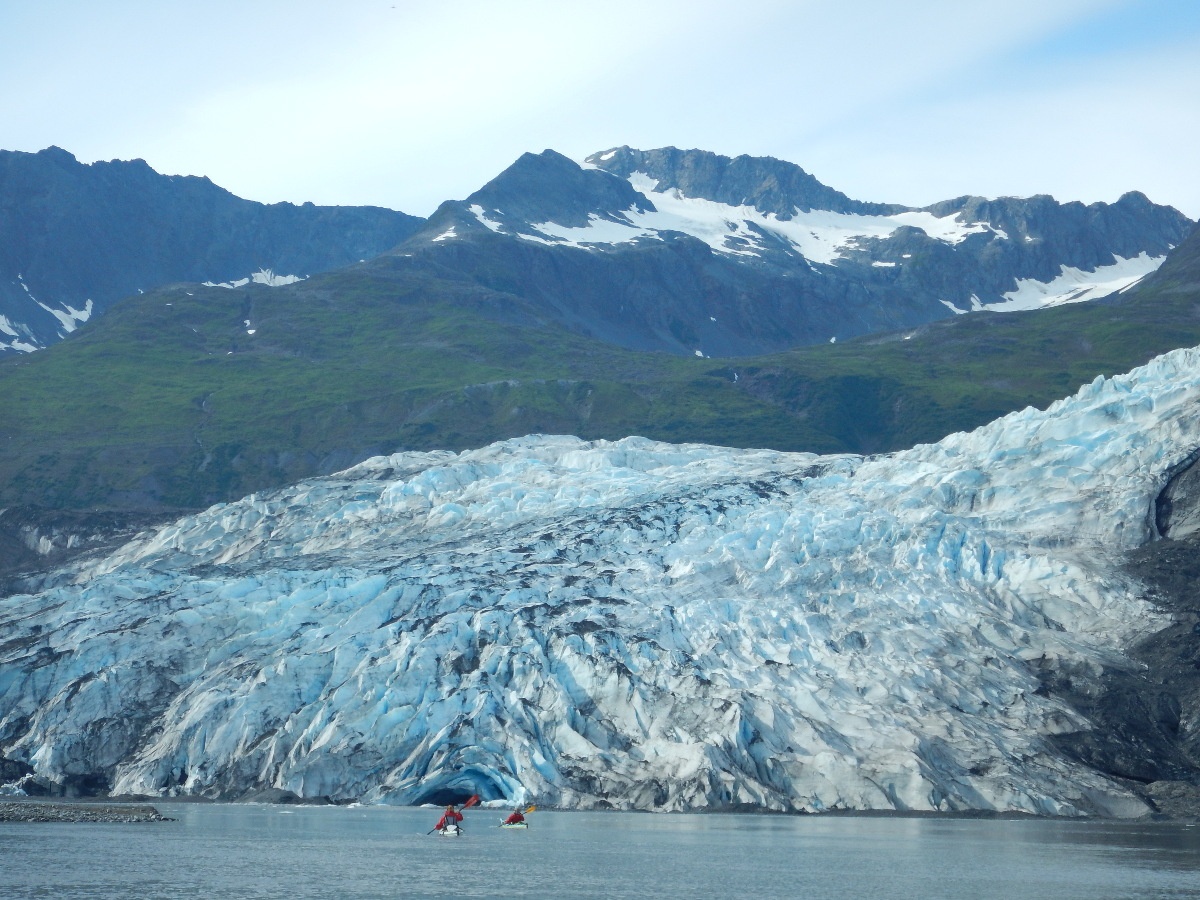
Shannon Rochelle, NOLS instructor and research manager, has years of experience leading courses in Alaska, Wyoming, and Utah. She’s witnessed firsthand some of the climatic changes currently taking place in these locations, noting that “In the mountains both in Alaska and Wyoming, glacial shrinkage, plant phenology [the timing of plant emergence, growth, and flowering], and bark beetle infestation…are all things we can observe if we have historical records to compare current conditions to.”
Alaska is warming twice as quickly as the rest of the U.S., with average winter temperatures increasing by 6°F over the past 60 years.Warmer temperatures have also contributed to earlier spring snowmelt and increased wildfire risk.
Like Shannon, other long-time backpacking and mountaineering instructors have noticed glacial retreat during their years at NOLS. On mountaineering courses, the NOLS Alaska staff is already adjusting risk management precautions to ensure that travel routes remain secure despite increased glacial melt.
As in Alaska, the glaciers of Wyoming’s Wind River Range are shrinking. According to one study, many glaciers in the Winds lost an average of 38 percent of their surface area during the second half of the 20th century. Andy Blair, instructor and assistant director of NOLS Rocky Mountain, has observed these changes up close over the past two decades. He reports that the “decrease in summer snowpack and retreat of glaciers in the Wind River Range is dramatic.”
Andy explains that in response to these changes, Rocky Mountain staff have “decreased the window that we send out mountaineering courses…We focus earlier in the season because of the tendency for the mountains to melt out earlier and more thoroughly. We’re seeing rocks that have been frozen in place for thousands of years now exposed [which] increases incidents of rockfall.” Fall mountaineering courses, which involved travel on snow and on glaciers, once regularly operated in the northern Wind River Range, but today these courses are focused on rock climbing in the southern Winds.
Jared Spaulding, instructor and NOLS Rocky Mountain program supervisor, adds that the Wind Rivers’ Grasshopper Glacier in particular is “decidedly larger on the map than it is now and even in the time I’ve been there and experienced it, from 2005 to now, there has been significant melt.” He remembers that his “first accesses onto it were more challenging, more crevassed, but now it’s a mellow, easy walk-up.”
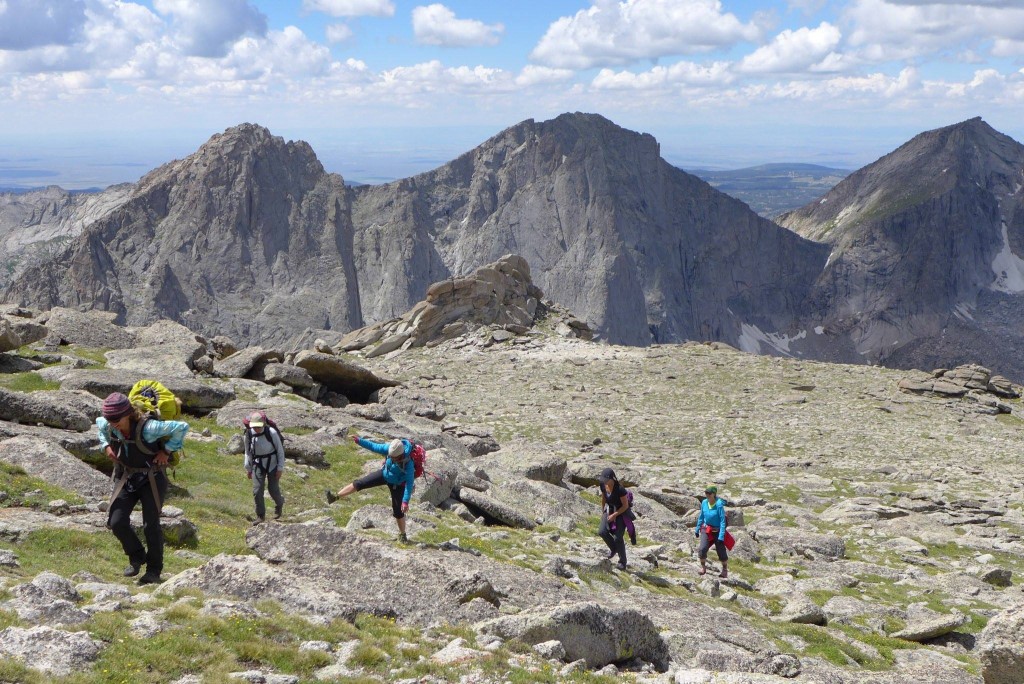
As climatic shifts continue, you might also have to adjust which activities you do when—and where. It doesn’t necessarily mean that you can’t go on your adventure of choice, but it might mean modifying your plans to accommodate changing conditions.
Shannon Rochelle points out that another consequence of increased glacial melt in the mountains is heightened risk during river crossings late in the summer. By that time, spring snowmelt is no longer an issue, so crossings are usually less hazardous. But now that the glaciers are continuing to melt after the expected spring runoff, glacier-fed rivers will likely be higher than anticipated during the summer.
Shannon’s advice? “Keep in mind that where the glaciers are shown on the map and where they actually are on the land are likely to be different. Plan for glacier-fed creeks to be high in July and August when you might not normally expect high water anywhere in Wyoming.” If you're going on a summer backpacking trip in the Winds or another area that's experiencing significant melting, river crossings that are normally mellow might become serious hazards you have to plan for.
Unfortunately, the impacts of climate change in the Rockies aren’t limited to melting glaciers. Rising temperatures influence the life cycle of organisms like the mountain pine beetle, a tiny creature capable of causing large-scale ecological damage. These beetles bore through the bark of pine trees to lay their eggs, which ultimately kills the tree.
Warmer temperatures mean that more beetles can survive the winter, allowing them to complete their life cycle more quickly. Furthermore, warmer temperatures also mean drought-stressed trees, which are more vulnerable to the beetles.
Andy Blair notes that the die-off of whitebark pines is already dramatic in some areas, including parts of Yellowstone National Park: “A long drought in the early 2000s, coupled with an explosion in the mountain pine beetle population, just destroyed whitebark pine forests in Wyoming,” he explains.
With these extensive patches of dead trees, finding a spot to camp that’s not underneath a leaning limb can be tough. Shannon Rochelle comments that “a forest stand shown on the map in green might be nothing but dead trees when you get there, which might affect where you’re comfortable camping.”
Spending time in the wilderness has inherent risk; for backcountry explorers, climate change means adapting to new hazards and managing risks accordingly. Acknowledging that some changes are already occurring doesn’t have to mean giving in to despair—but it does mean you need to be aware of shifting hazards.
So, what do you tell your friend who asked about seeing the glaciers before they’re gone? Yes, it’s true that the glaciers are disappearing, so take advantage of seeing them in their present state if you get a chance. But also keep in mind that climate change doesn’t mean the end of adventuring. What it does mean is that you’ll have to be aware of changing environmental conditions and plan ahead. And it might mean being even more thorough and intentional in planning future trips.
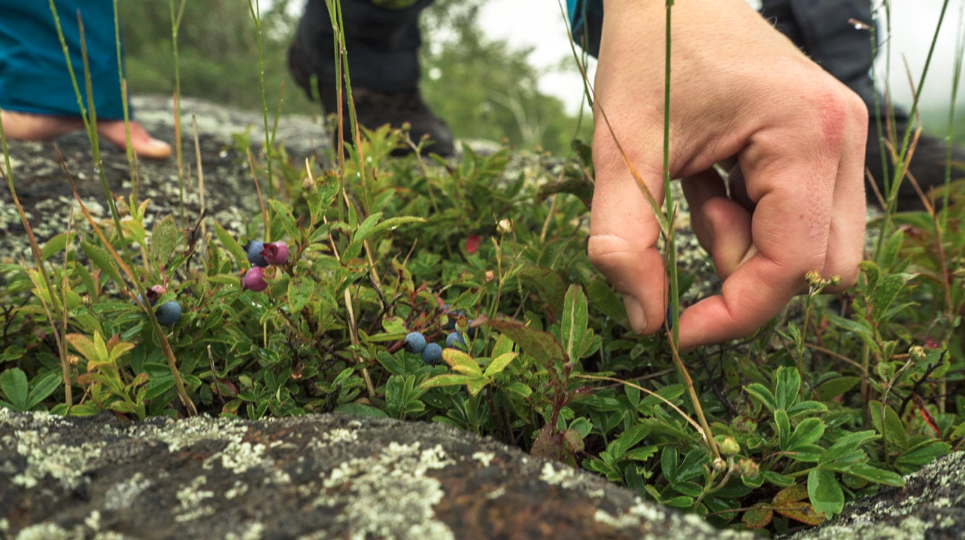
Learn more about carbon reporting at NOLS.
Explore NOLS Backpacking Trips that focus on Leave No Trace principles.
Written By
Brooke Ortel
Brooke is a runner and writer who enjoys finding adventure in the everyday. True to her island roots, she loves sunshine, that salty ocean smell, and the sound of waves against the shore.



